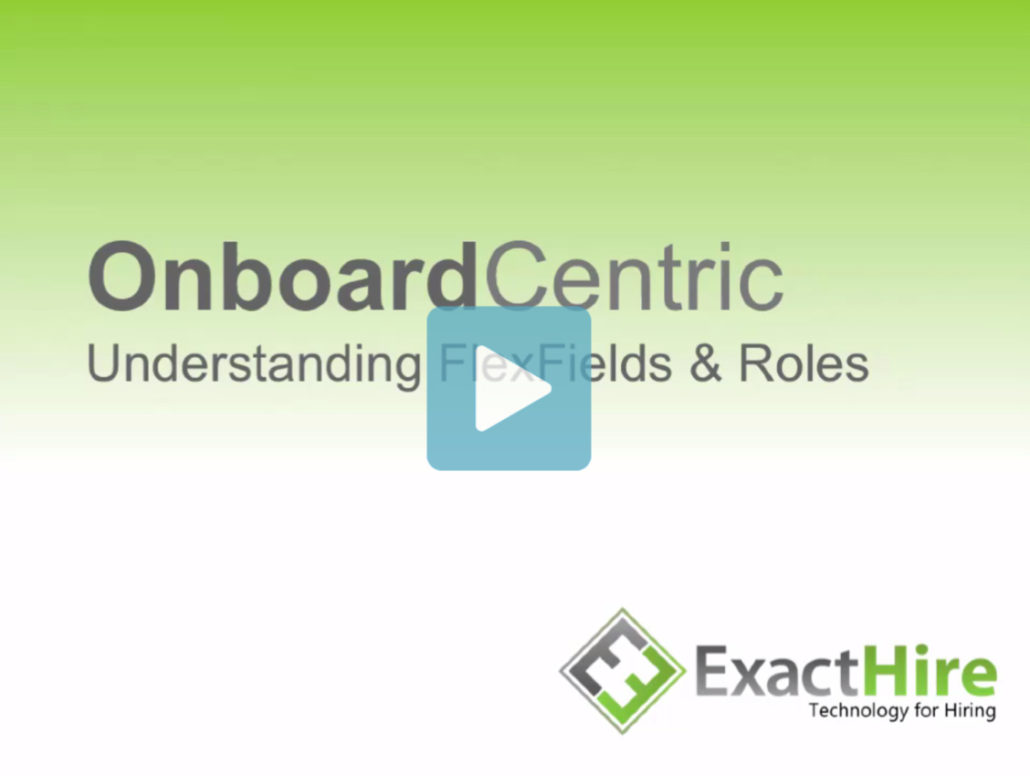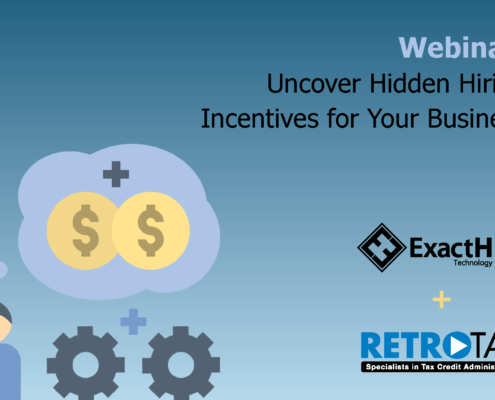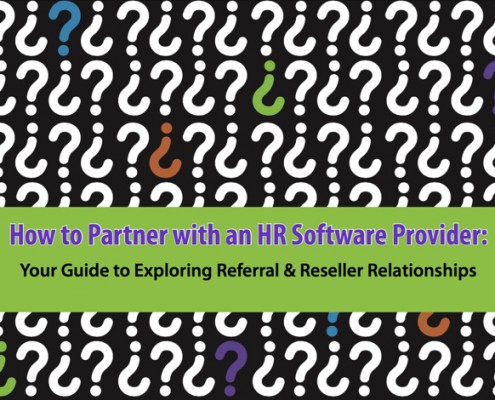Virtual Onboarding Ideas For HR
The benefits of onboarding can’t be overstated. Propelling your new hires to productivity, reducing employee turnover, and promoting a positive company culture are all a boon to your bottom line.
Chances are your company understands the importance of introducing a new hire to the organization. You probably already had an effective onboarding program in place before 2020. When COVID hit, you may have hastily reworked your current onboarding process into a virtual plan. It probably included ad hoc Zoom meetings and email blasts with links to scattered documents.
The dust has settled, so to speak, but the pandemic rages on. Meanwhile, nearly two-thirds of employees who have been working from their home prefer to continue doing so after the pandemic ends. And yours may be one of the many companies that are realizing the benefits of a more productive workforce and less rent for office space.
If your company is embracing remote work for at least some of your employees, it’s time to build a virtual-first onboarding experience.
Build a Virtual Onboarding Experience
COVID has given you a sampling of the difficulties around virtual onboarding and the new hire experience.
Working from home means missing out on the benefits of casual, in-person interactions. New hires have an even more difficult time bonding with their team members. Your virtual onboarding experience needs to help your new hire feel like part of the team.
Virtual onboarding during COVID may have left you disappointed with your new hires’ rate of productivity. It’s just tougher to get the new person up to speed when no one is near to see how things are going. You need to plan for more support for your virtual onboarding process.
One of the benefits of virtual onboarding is that you can steer your company’s culture in a more positive direction. Remote employees won’t have run-ins with the complainers or gossips at the water cooler. And you can facilitate virtual lunches and coffee breaks with the people who have upbeat outlooks.
Making your new employee feel welcomed, getting that person productive, and managing your company’s culture are all possible when you put together the right virtual onboarding checklist.
Best Practices for Virtual Employee Onboarding Process
Putting together a virtual onboarding process that accomplishes all of your goals may seem nearly impossible now. But since constraint is the key to creativity, you may find your best onboarding ideas in 2021.
One of the first things you should do is create a virtual onboarding email template that includes a quick rundown of important information and links to important documents. Onboarding software can help you organize all of your new employee forms. You can even include in your welcome email a link to training modules in the onboarding software.
When it comes to virtual onboarding, the best practices facilitate bonding between co-workers as effectively as in-person interactions. Virtual onboarding ideas that will strengthen your team include assigning multiple “onboarding buddies” to your new hire and planning virtual lunches for them. The virtual lunch gives employees an opportunity to get to know the new hire and offer to help orient them. Often, the casual feel of a lunch lends itself better to positive interaction among employees.
As mentioned, the idea behind these virtual employee onboarding examples is to encourage interaction. Assigning multiple onboarding buddies to your new hire connects her with helpful, relevant resources that will help her become productive more quickly. Remember also to task your buddies with checking in on the new hire and setting up virtual coffee breaks or lunches.
Giving your new hire several people to lean on for support spreads the weight. Introducing your new hire to people from different, but related, areas of the company will help her understand the big picture. And finally, assigning multiple onboarding buddies will increase the odds that one of them will be a good personality fit with the new employee.
Virtual New Hire Orientation
Your virtual new hire orientation is a chance for new employees to learn about the company and their role within it. Orientation is often a more formal process than some of the fun virtual onboarding activities we’ve discussed, however you can still make it memorable.
Consider sending a welcome mail package to the new employee. Company swag will help your new hire feel like part of the team. Include printed copies of the handbook, benefits information and organizational chart. Your new hire will often remember information better if she can take notes on printed materials.
A virtual welcome email from the new hire’s manager can get the relationship off to a good start. Encourage team members to send a “welcome onboard” email too. They can offer assistance for questions, set up a virtual get-to-know you meeting, or come up with their own unique onboarding ideas. In fact, getting employees involved in the creation of new hire orientation ideas is the best way to create a process that complements your company culture.
When brainstorming virtual new hire orientation ideas, you should aim to create activities that are fresh and engaging. There are plenty of creative new hire orientation ideas that acclimate your new hire to his role without putting him to sleep. Some engaging virtual new hire orientation ideas include creating a scavenger hunt that will have your new hire delving into information found on the employee portal and company website.
ExactHire has created an onboarding guide with 77 ideas to get you started!
You can rework standard new employee orientation games for a virtual world. Ice breaker games such as Two Truths, One Lie still work well on Zoom. Create a trivia game that pulls information from the printed information your new hires receive in the welcome package. A Door Dash gift card prize is both easy and suitable for social distancing.
Finally, send a new employee introduction email to team members with a bio that includes personal facts such as hobbies and pets to discover shared interests. Make it a group email including the new hire and encourage employees to respond with information about themselves. Again, it’s all about positive interaction–even if that interaction is virtual.
Conclusion
Effective onboarding can help your new hires become productive, long-term employees. It creates a better company culture. Lower employee turnover and a stronger team will reduce costs and increase profits.
At least some of the workplace changes the pandemic brought are here to stay. Done correctly, a virtual onboarding process for remote employees can be every bit as effective as an in-office orientation. Download our in-depth guide for more ideas on how to improve your onboarding process.






